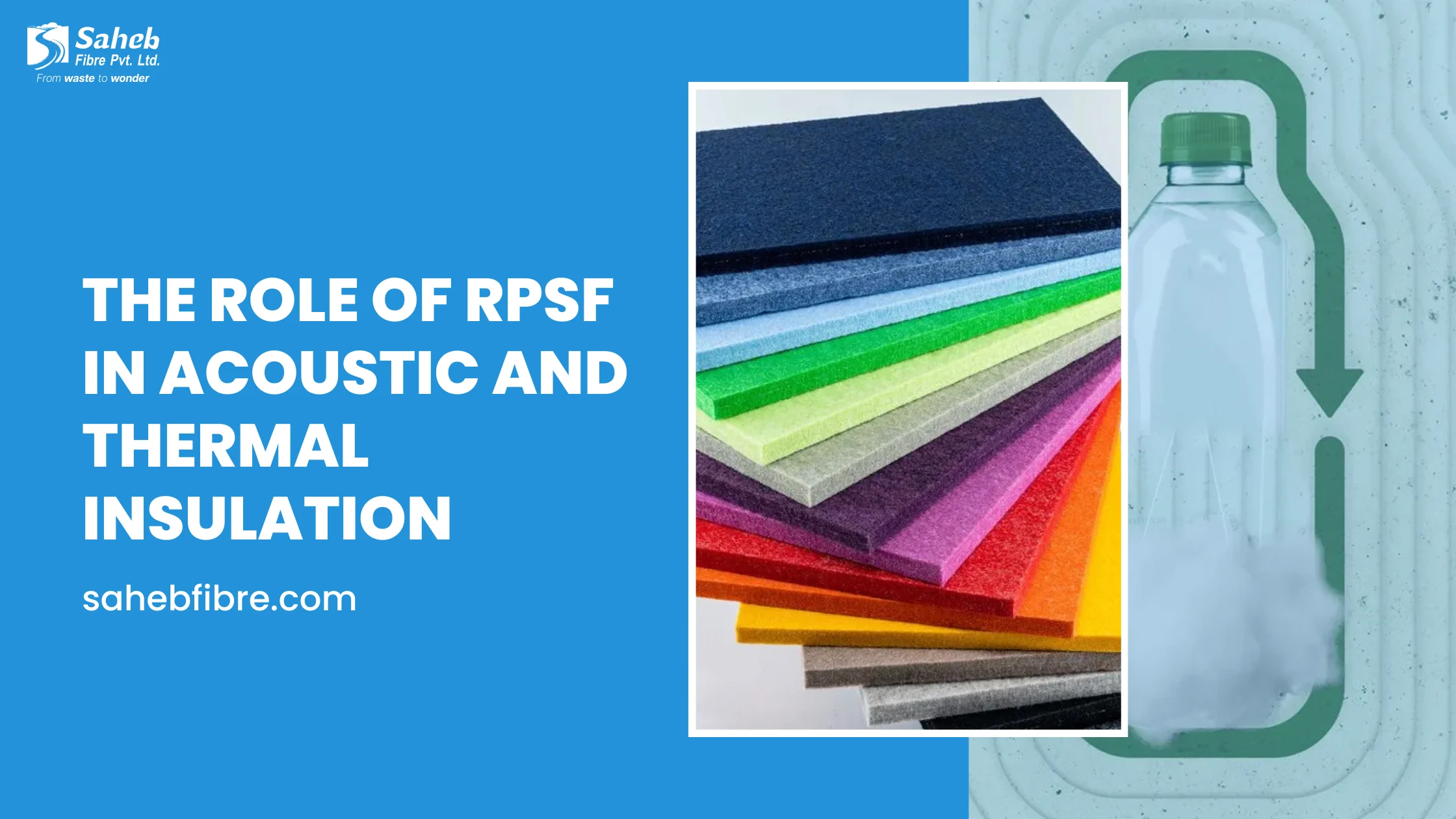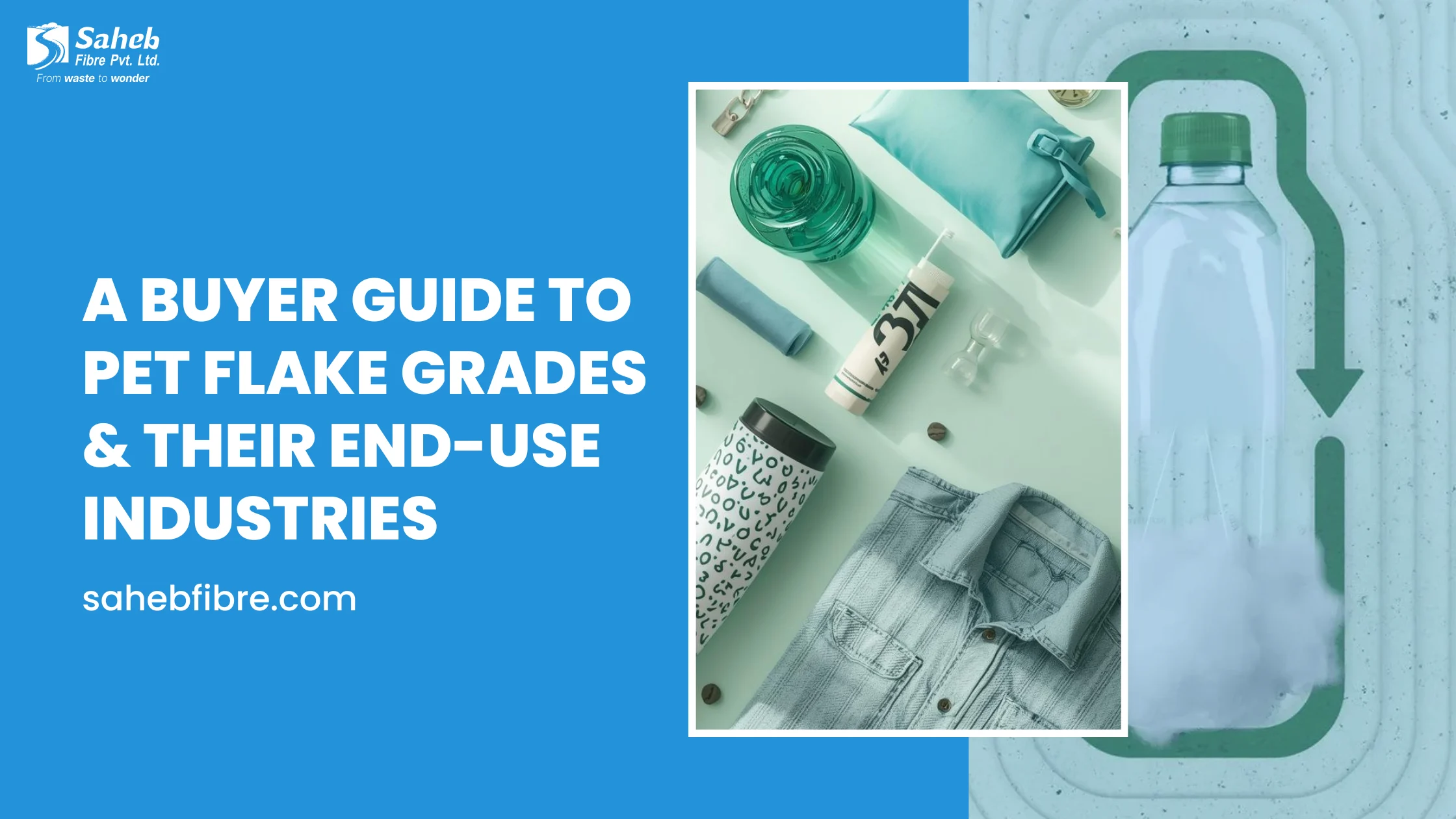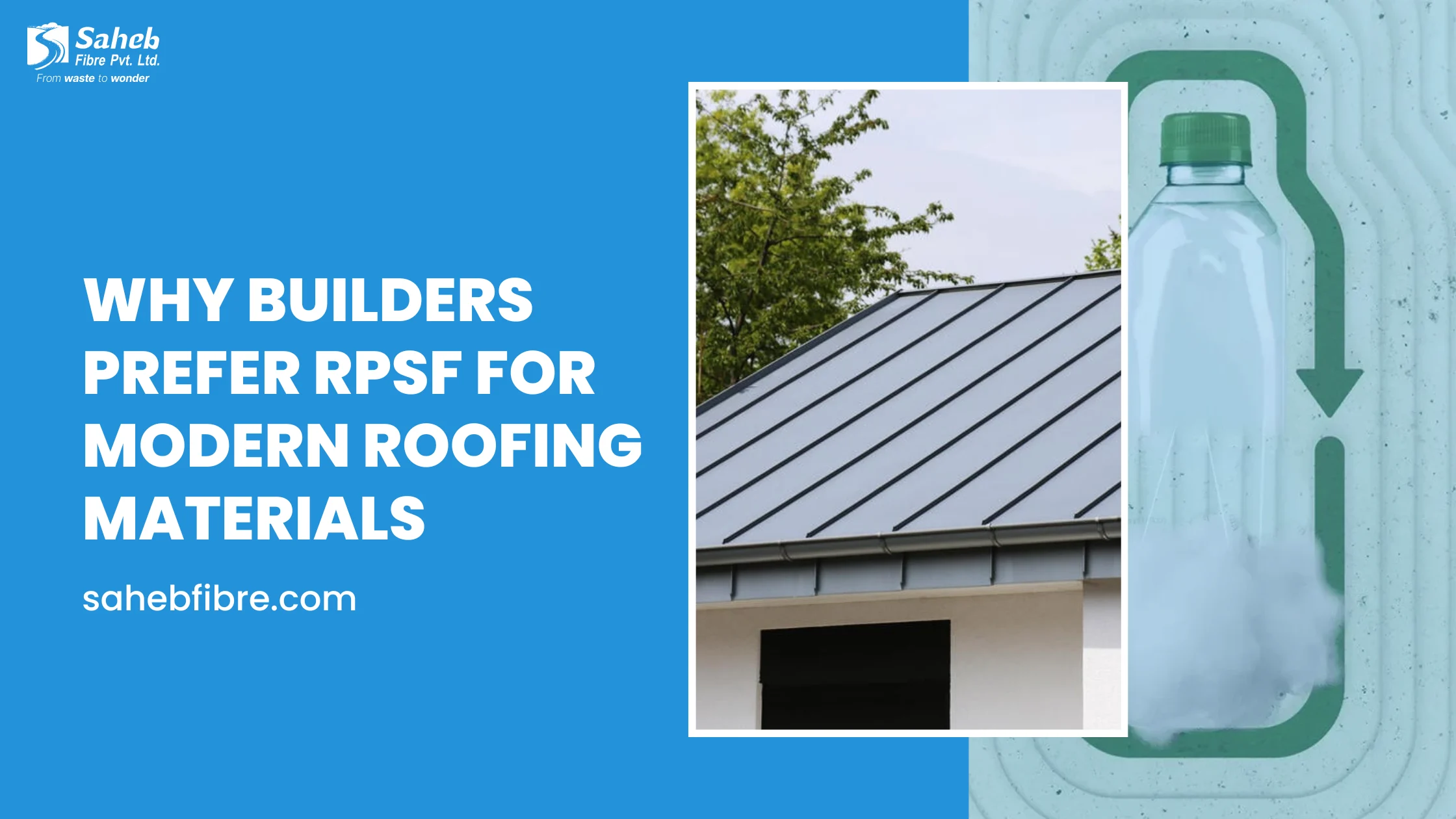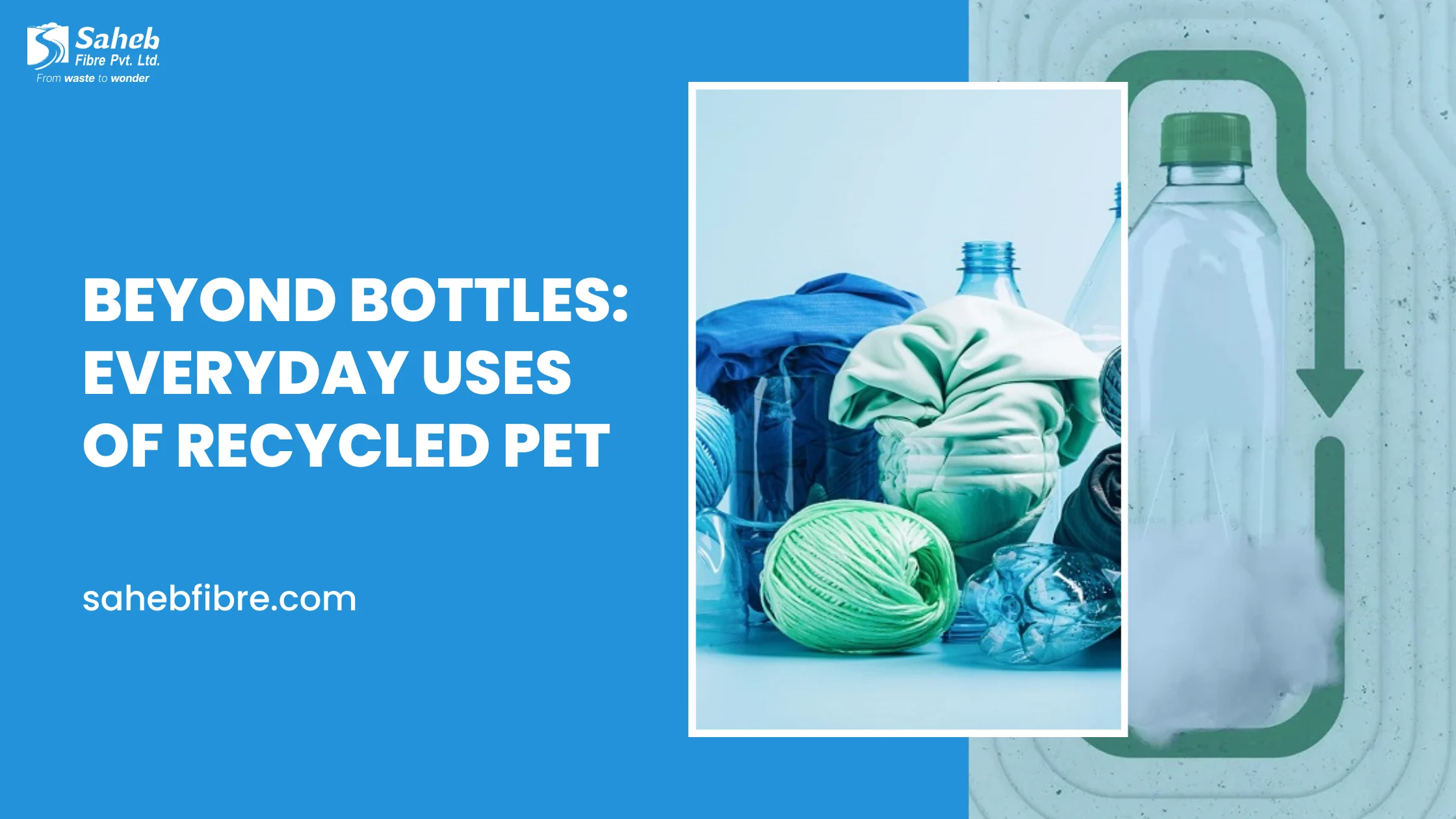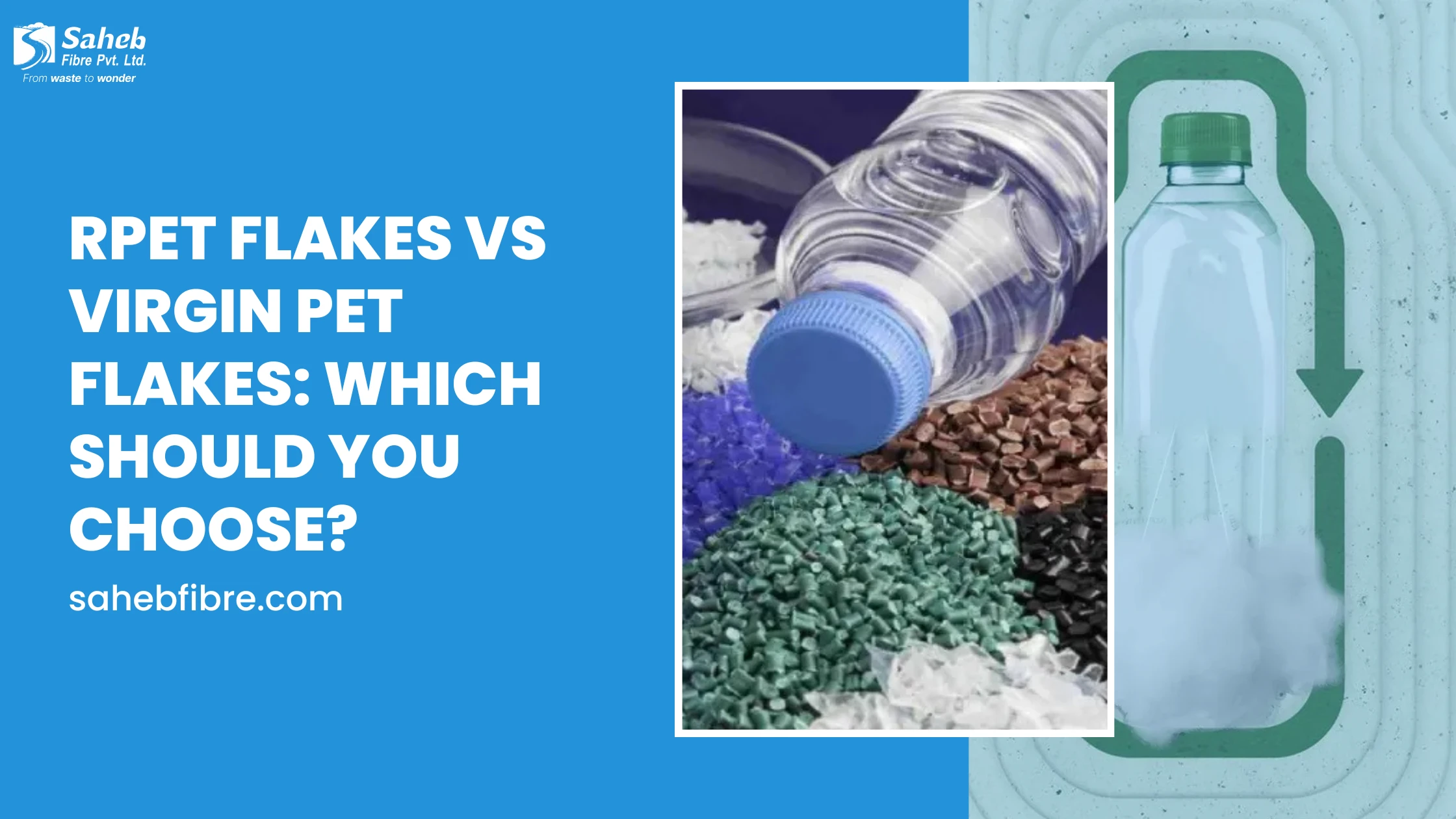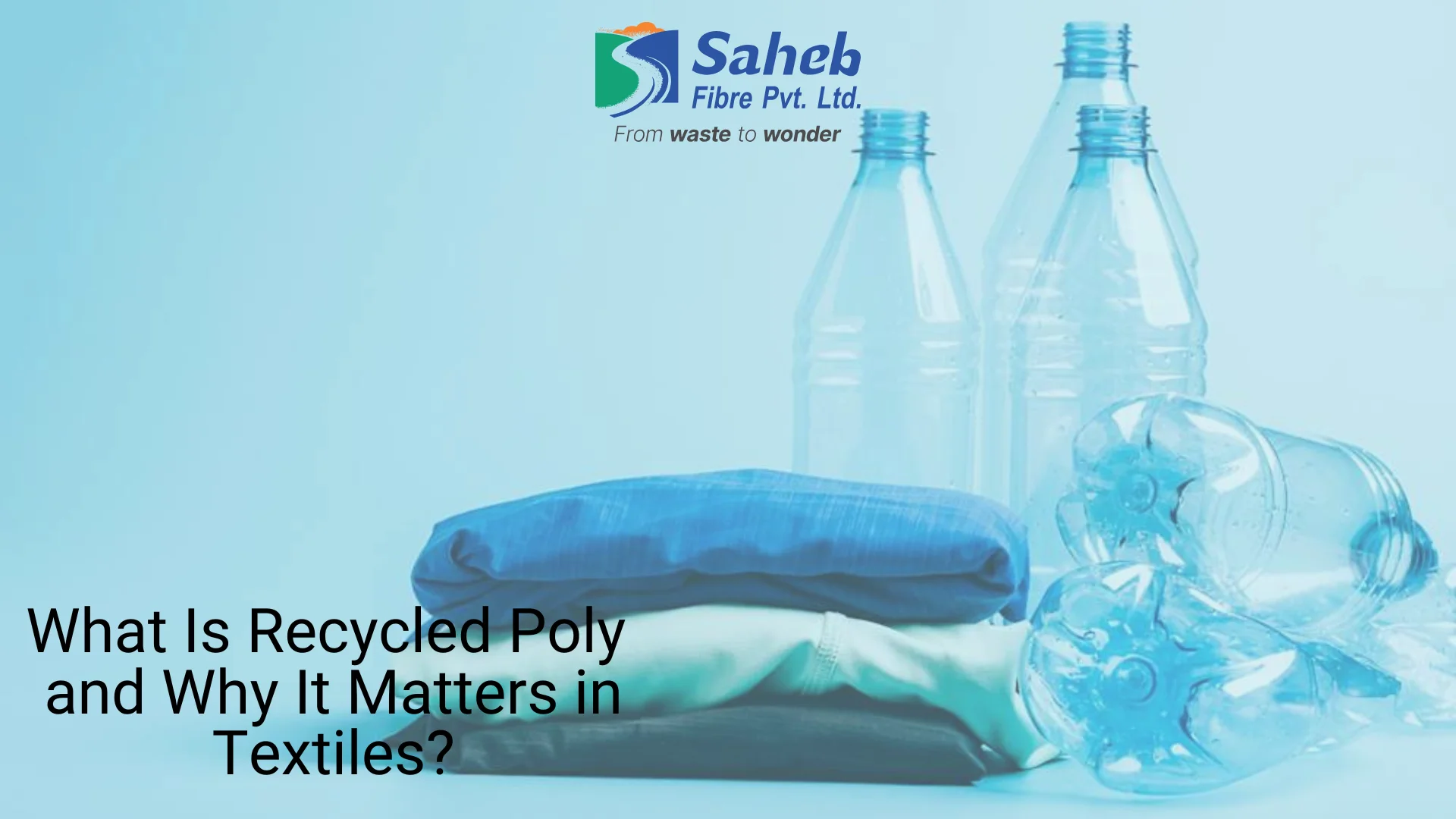
Known under the name recycled poly, the use of polyester is redefining the textile sector. With a rising demand for sustainability, consumers, as well as brands, are relying on this innovative material to not only decrease the number of environmental impacts but also not make any compromise on quality. What, however, is recycled poly? What is its production, and what is so very important about it in textiles?
In this blog, you will learn all the facts about recycled polyester, how it is made, what the advantages of the material are, and where it is utilized. You will learn why recycled poly has become one of the players in terms of sustainable textiles and how it can help bring a cleaner, greener future.
What Is Recycled Polyester?
Reused material polyester, also known as rPET, is a variety of polyester fabric derived using recycled materials rather than virgin materials. The most prevalent origin is PET (polyethylene terephthalate) plastic that is present in products such as water bottles, food containers and used polyester fabrics.
Instead of these materials being in landfills or in the oceans, contaminating the environment, they are salvaged, sorted and refined into excellent quality fibers which can be utilized to make new fibers. This qualifies back polys as a green alternative to virgin polyester, that are produced out of fossil fuels such as petroleum.
How Is Recycled Polyester Made?
The production of recycled polyester fabric involves several key steps, starting from collecting raw materials to creating new fibers. Here's a closer look at the process:
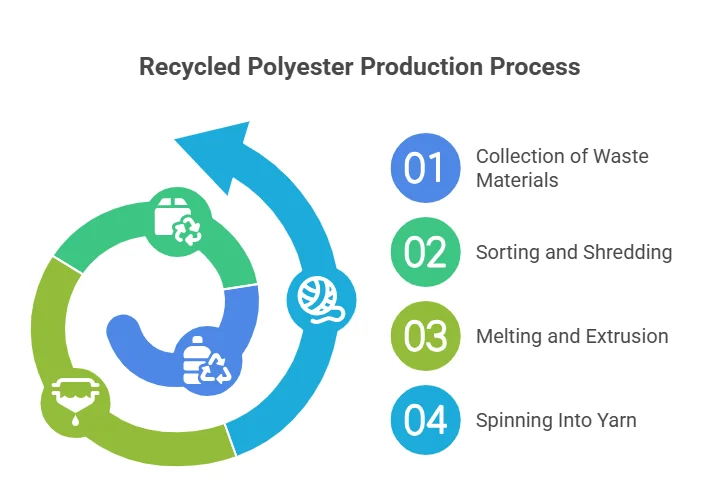
1. Collection of Waste Materials
First of all, discarded PET bottles, polyester bottles, and clear plastic bottles are collected via recycling programs, waste management systems, or post-industrial textile trash. These resources are sufficiently washed to get rid of any contaminants such as food remnants, glues, or tags.
2. Sorting and Shredding
After having been cleaned, the PET plastic is separated according to its kind and cut into small pieces known as PET flakes. This is done to enhance consistency and quality of the end product.
3. Melting and Extrusion
This is then melted down into a liquid state with the PET flakes. The molten material is forced via fine nozzles to generate fibers. These strands are chilled and hardened and consequently chopped into lengths of choice.
4. Spinning Into Yarn
The used fibers are converted to yarns; then they may be coloured, woven, or knitted into recycled polyester fabric. The end product can hardly be distinguished from fabrics produced with virgin polyester.
The next aspect that the use of recycled polyester can be characterized with is a very slight usage of new resources and the possibility to prevent the flow of waste to landfills and nature.
Why Recycled Polyester Matters in Textiles
The importance of recycled poly goes far beyond its ability to repurpose waste. Here are some key reasons why it has become a game-changer for the textile industry.
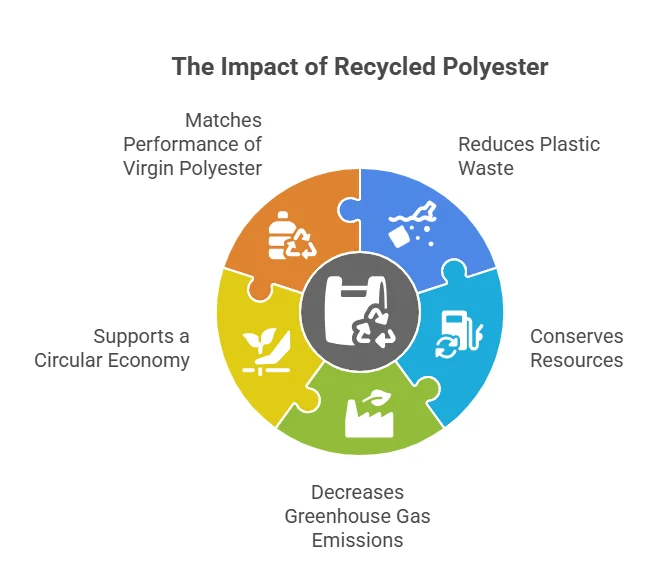
Characteristics of Recycled Polyester Staple Fiber (RPSF):
-
Excellent durability and long lifespan, suitable for both apparel and industrial applications.
-
Strong moisture-wicking properties, ideal for activewear and sports textiles.
-
Versatile for blending with other fibers, dyeing in various colors, and engineering for different textures and finishes.
-
Good shape retention, wrinkle resistance, and softness for comfort and flexibility
1. Reduces Plastic Waste
Each year, millions of tons of plastic - especially in the form of PET bottles are disposed of, resulting in a waste crisis around the globe. Recycled polyester fabric is a suitable product made from this plastic, so it will not add to landfills and other types of pollution in the oceans.
2. Conserves Resources
Virgin polyester relies on a non-renewable resource, which is petroleum. Using rPET instead of virgin polyester reduces the need to mine fossil fuels to a large extent and the energy-intensive procedures of acquiring the same.
3. Decreases Greenhouse Gas Emissions
Recycled polyester is produced using much less energy when compared to virgin polyester. This leads to reduced emissions of greenhouse gases, and the rPET is thus friendlier to the climate.
4. Supports a Circular Economy
Recycled polyester staple fiber (RPSF) reflects the spirit of circular economy, whereby a material is maintained within the economy as long as it can. This way, by recycling and reusing, the textile industry will change the pattern of the model of take, make, and dispose, to sustainable practices.
5. Matches Performance of Virgin Polyester
One of the most significant advantages of recycled poly is that it offers the same durability, flexibility, and performance as virgin polyester. This means consumers get high-quality products with less environmental impact.
Applications of Recycled Polyester in Textiles
Recycled polyester is highly versatile and can be found in a wide range of applications. Here are some of the industries leading the way in adopting rPET:
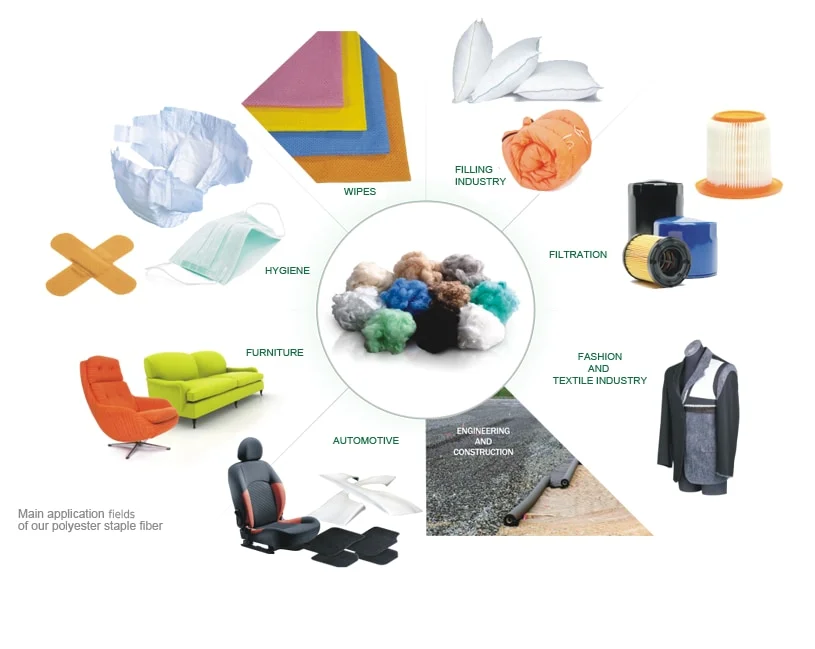
1. Fashion and Apparel
Whether it is in activewear or casual wear, fashion brands are being progressive when it comes to integrating recycled poly fabric into their models. It is durable, moisture, and that is why it can be used in sportswear applications. Designers can create everything in the garment range, from T-shirts to outerwear.
2. Home Textiles
Recycled polyester is also taking the home textiles market by storm with products being made out of it to form hard-wearing and stylish upholstery, curtains, and beddings. You are guaranteed vivid and durable designs on it because of being able to take up the color.
3. Industrial Uses
Other than the fashion and homeware arena, industrial uses of recycled polyester have been used on the likes of geotextiles, automotive interiors and insulation products. Such uses increase its influence as it promotes sustainability in the wider industries.
4. Accessories
Environmentally conscious consumers are finding more and more bags, backpacks, footwear, and hats manufactured with recycled polyester. These products demonstrate the way of how rPET can be useful and stylish.
Challenges and the Path Forward
Although recycled polyester (rPET) represents a major transformation in sustainable textiles, it has its issues. Recycled poly may become contaminated via collection or sorting of recycled plastic bottles and the mechanical recycling may also release microplastics. Those issues underline the necessity to innovate further, to provide more adequate sorting technologies, and to be more severe in quality control.
Nevertheless, firms such as Saheb Fibre, which is a principal producer and supplier of recycled polyester staple fiber (RPSF), are taking the industry in the right direction. Saheb Fibre produces quality RPSF to the textile sector and has state-of-the-art dyeing as well as processing to provide custom-ordered colored recycled fibers. Their emphasis on quality assurance and sustainability has endured to make them a market favourite amongst brands and manufacturers that seek to lower their carbon emissions.
The solution is to go the way together. The circular economy cannot be put more practically than choosing products manufactured by RPSF and designers and consumers can contribute in their own way to ensuring the circulation of the economy. The positive impact of rPET on the environment, especially when derived from recycled PET bottles, will further be magnified by an upsurge of closed-loop production, funding of research, as well as fostering environmentally friendly consumption in the textile industry.
Final Thoughts
The recycled polyester is not only one material, but it can be seen as a sign of adjusting to conscious production and eco-friendly clothing. It has a solution to some of the environmental problems associated with traditional polyester because it can subject the plastic waste to a process that transforms it into valuable fibers.
It can be developing well-worn and sturdy clothing and stylish home textiles, or strong industrial products, or anything between. Recycled poly is contributing to a cleaner world in the textile industry. Next time you go shopping, check the new items and look for anything that is produced using recycled polyester and join the wave of minimizing waste and adopting the use of environmentally friendly fabrics. We all can make a difference; one bottle at a time, one bottle recycled.
